Omani shrimp farmers want to prove the potential of aquaculture in the Middle East
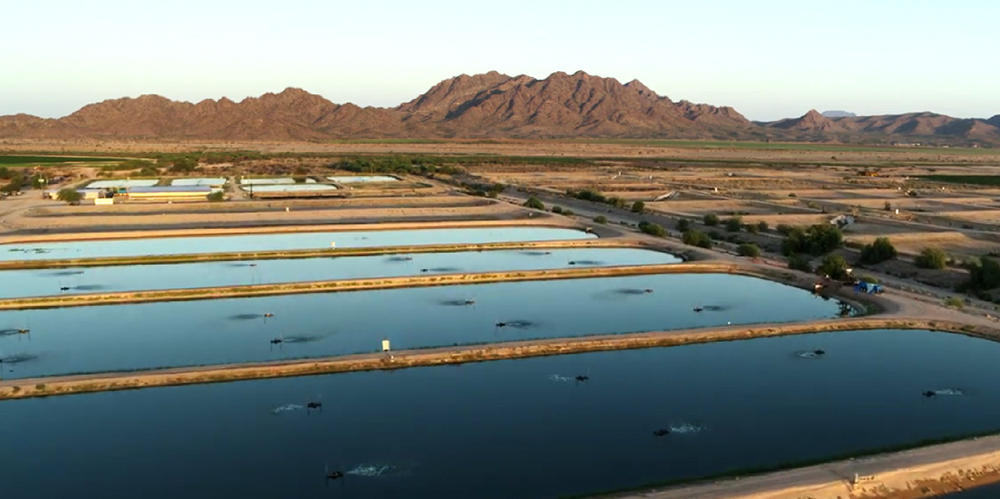
When you think of countries leading in aquaculture, Oman may not be the first that comes to mind. But in the vast expanse of the desert, where sands meet the Arabian Sea, a transformation is taking place. Oman, a Middle Eastern nation probably best known for its thriving oil and gas industry, is riding the wave of opportunity and diving headfirst into shrimp farming in the desert.
The Sultanate of Oman is one of many countries where seafood consumption is higher than the world average of 20.5 kilograms per capita annually, according to Dr. Farshard Shishehchian, CEO and Founder of Blue Aqua International. Oman’s coastal regions offer clean, unpolluted, warm water that is suitable for shrimp growth and reproduction as well as ample coastal land that can facilitate the construction of ponds or other systems.
The Omani government is also keen to develop the aquaculture sector and has implemented policies and initiatives to support projects, provide infrastructure and streamline regulatory processes, while shrimp farming can contribute to Oman’s economic development by generating employment opportunities, increasing seafood production and boosting exports.
Meanwhile, Blue Aqua International has a few initiatives of its own when it comes to shrimp farming, namely its patented “Mixotrophic System.” By managing and balancing phytoplankton and bacteria throughout the production cycle, the system helps farms achieve an optimal environment by getting rid of waste and cutting energy consumption and the risk of disease outbreaks. The system is due to be used in a new shrimp farming project in Shinas.
“Shrimp is a valuable commodity in international markets, and the demand for sustainably farmed shrimp has been growing,” said Shishehchian. “We look forward to solidifying our efforts in sustainable aquaculture technology with the project in Oman. With [Fisheries Development Oman]’s support, I believe we will be able to build a successful model for urban farming globally.”
Shrimp farming in a desert country like Oman may be outside the box of how consumers typically think of shrimp farming, but other countries have shown that the environment can be suitable.
Royal Caridea LLC in Gila Bend, Arizona, harvested its first shrimp in the desert in fall 2020. After reconstructing a farm in disrepair, it reinstalled electrical equipment and rebuilt the ponds before developing what it calls GEN 2 Shrimp Farming Technology. The fully patented system is a closed vertical production method with columns of open-air stacked raceways.
Shrimp are grown at a depth of around 30 cm in circulating water from a large aquifer with added salt to increase salinity. As they develop, the shrimp are transferred to the raceway below. Farming begins when the postlarvae are added to a nursery and transferred to the top raceway after 20 to 30 days, while the more mature shrimp in the lower raceways are harvested. The system can raise 35-gram shrimp in 90 days. Shrimp are sold into local markets and online by the company’s marketing division Arizona Desert Shrimp.
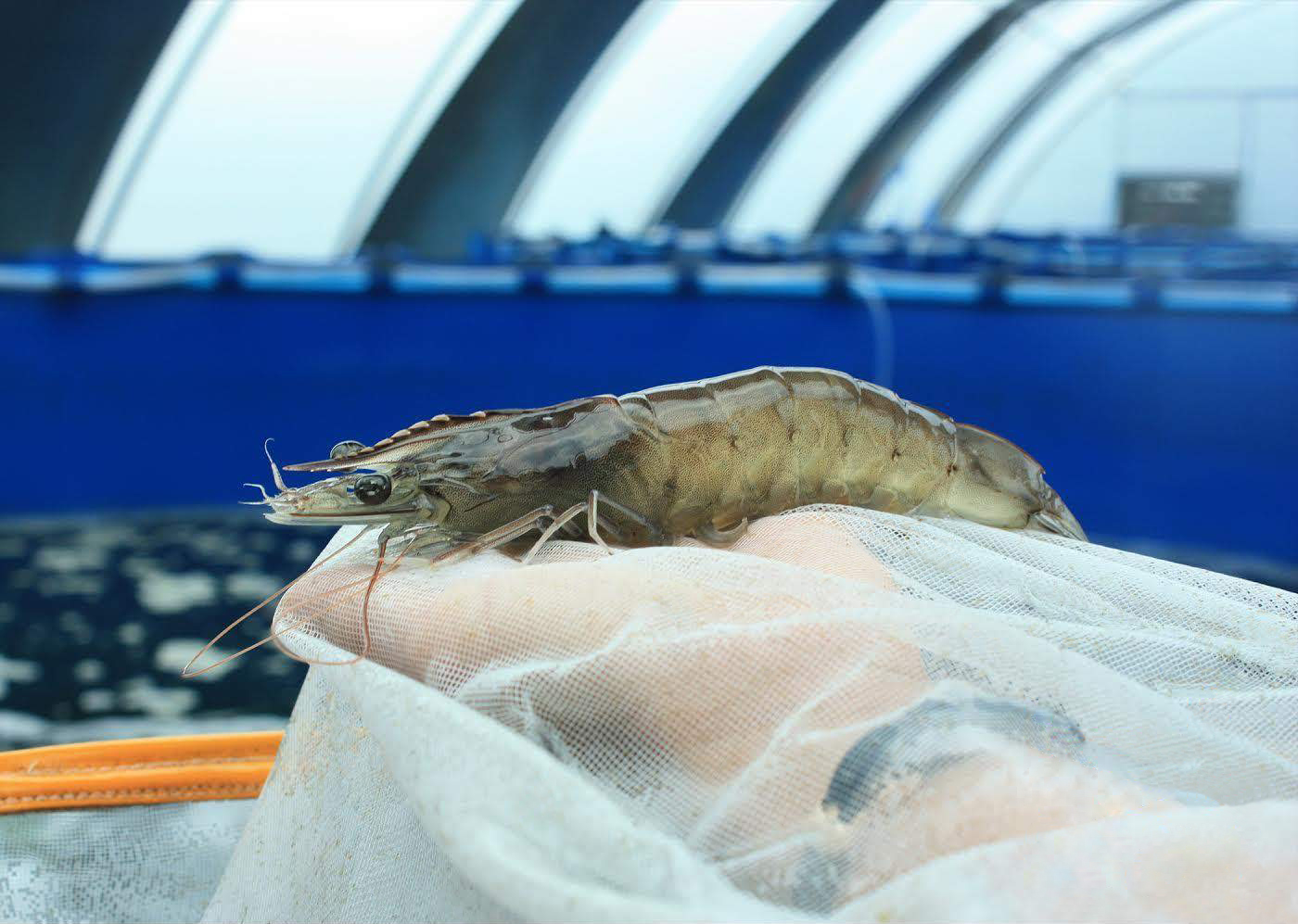
“A vertical raceway system enables us to produce shrimp in quantities that are 10 to 100 times higher than a pond system,” said Dr. Maurice Kemp, founder and president of Royal Caridea LLC. “We are running a synchronous production system, which means that when we move the shrimp from one raceway to another, the previous raceways are immediately restocked and the grow-out continues. In effect, it continues to cycle year-round. We also use a neutral buoyancy floating feed, which enables us to see how much is being consumed or not and prevents feed from building up. We are aiming to harvest somewhere between 550 and 600 tons when build-out at our current site is complete.”
For Royal Caridea LLC, the desert is extremely advantageous. Untapped, low-salinity water resources like aquifers maintain shrimp health and quality, reduce the risk of disease outbreaks and promote growth and survival. The aquifer water is bacteria-free and salinity can be controlled and brought to the right level with freshwater mixing or the addition of minerals. Farmers have also learned how to use the water to grow salt-tolerant crops.
Kevin Fitzsimmons, a professor at the University of Arizona, said that farming shrimp with other crops in this way can strengthen the sector.
“For shrimp farming to be sustainable and economically viable, it must be integrated with something else, for example as part of a multi-trophic aquaculture system with crabs, sea urchins or sea cucumbers, or grown on land with other crops,” he said. “In the desert, asparagus or date palms could work, and the jojoba, which is adapted to take in salty water and is used in cosmetics, shampoos and skin cream. The desert’s night sky also absorbs a lot of heat from open bodies of water so large amounts of geothermal water are required to maintain warmth, along with a way of using up the water as it cools. Irrigating crops is one such way.”
But the desert does come with challenges. Water quality, salinity levels and the presence of natural barriers or protected areas can limit the availability of suitable farm locations, said Shishehchian. Meanwhile, developing and operating farms require specialized knowledge and technical expertise. The availability of skilled professionals, such as aquaculture experts, farm managers and technicians, can be limited, so training and capacity-building initiatives may be necessary.
Establishing and operating farms also requires adequate infrastructure, including access to electricity, water supply, transportation and processing facilities but in some desert areas, this may be limited. While shrimp is globally in demand, the market dynamics and export opportunities for shrimp products can influence farms’ profitability and sustainability. For countries such as Saudi Arabia, markets may be located far away in areas like northern Europe. Access to such markets, as well as trade regulations and market competition, needs to be considered.
“Meanwhile in North America, the difficulty is that the climate is not conducive to more than one crop of shrimp per year,” said Kemp. “This means that you are not competitive with other countries such as Ecuador or Asian countries that can use their land two or three times a year. There is also a lot of capital involved and getting that capital can be difficult.”
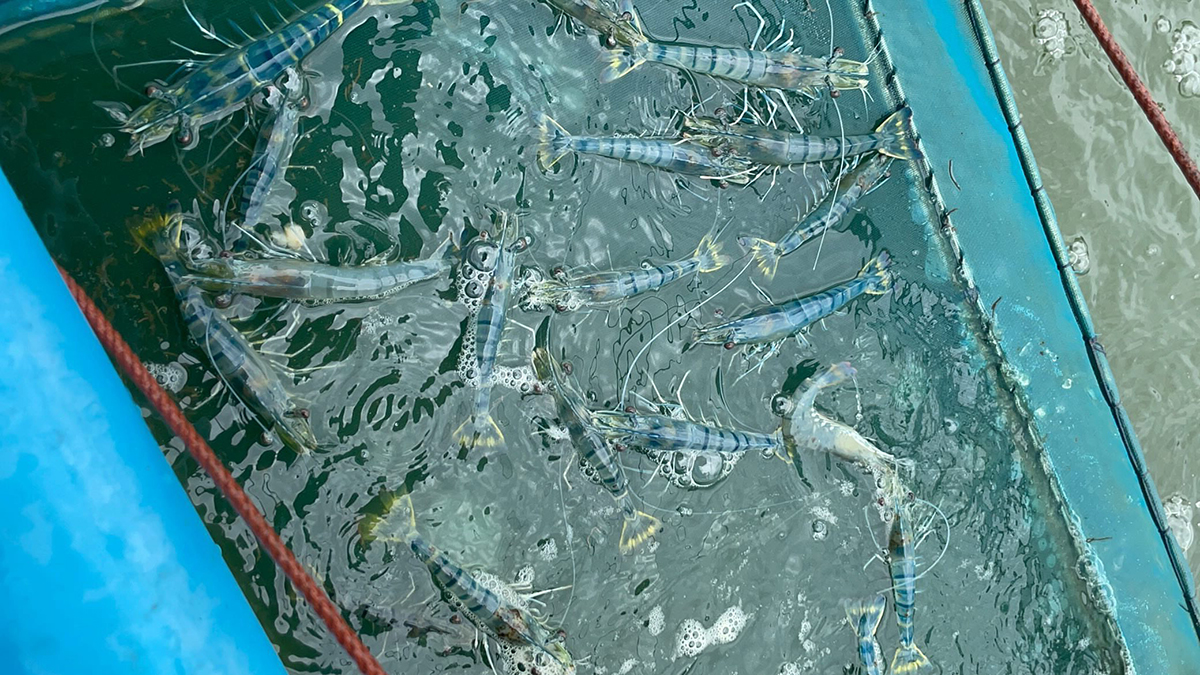
Nevertheless, shrimp farms in the desert give purpose to otherwise unused land and won’t negatively impact fragile ecosystems, such as mangrove estuaries. The history of shrimp farming in mangrove habitats may be littered with detrimental effects, but a new study by Sustainable Fisheries Partnership (SFP) shows that it can, in fact, drive mangrove protection and restoration, combatting climate change and protecting coastal communities and wildlife. Mangrove habitats are important in that they protect shrimp farms from strong winds or waves, absorb excess nutrients from pond discharges and act as nursery grounds for various species.
Farming practices that aim to operate in harmony with mangroves can enable shrimp farming to improve its environmental reputation. Shrimp buyers and supply chain companies can also drive restoration by supporting and funding partnerships to bring back mangrove ecosystem services.
SFP is developing products to help. For example, a map-based tool provides a launchpad for engaging with key stakeholders in mangrove regeneration and working with shrimp buyers, suppliers and processors in target areas. The tool identifies the location of farms that are within or adjacent to mangrove habitats in India, Indonesia, Thailand and Vietnam, and highlights hotspots in need of industry attention and promising areas for regeneration. It also allows shrimp buyers to identify opportunities within their supply chain to support restoration projects or aquaculture improvement projects.
“The farmed shrimp industry can be leaders in the regeneration of critical and endangered mangrove habitat,” said William Davies, chair of SFP’s Farmed Shrimp Supply Chain Roundtable. “Acting now will allow businesses to meet their sustainability commitments, support countries to meet their climate goals and increase the resilience of coastal communities.”
There is also the potential of integrated multi-trophic aquaculture, or IMTA, in mangrove estuaries.
“If farms turn to multi-trophic aquaculture or a form of polyculture – in which shrimp can be reared alongside cages of fish, seaweed or crabs – this could provide a pretty decent middle-class income while restoring and protecting mangroves and having several revenue streams that don’t depend on just one crop,” said Fitzsimmons. “Not only are the impacts minimal, but this also further enhances the productivity of mangrove estuaries and potentially captures a bit more carbon.”
As consumers request safer, habitat-friendly and humane sources of shrimp, are mangroves the way forward or could land-based farming be the best alternative? Shrimp grow well in the desert, and work is underway to farm other species like salmon in the same environment. Fitzsimmons said that some consumers will be willing to pay a premium for mangrove-friendly shrimp, while there will be niche markets for those that come from environments such as the desert: “The consumer is always right, and farmers, processors and markets need to respond to these demands.”
“Whether it’s farming shrimp in the desert or in a mangrove environment, almost like farming anywhere, it’s the process itself. If you can get that right, it all works,” said Kemp.
Follow the Advocate on Twitter @GSA_Advocate
Now that you've reached the end of the article ...
… please consider supporting GSA’s mission to advance responsible seafood practices through education, advocacy and third-party assurances. The Advocate aims to document the evolution of responsible seafood practices and share the expansive knowledge of our vast network of contributors.
By becoming a Global Seafood Alliance member, you’re ensuring that all of the pre-competitive work we do through member benefits, resources and events can continue. Individual membership costs just $50 a year.
Not a GSA member? Join us.
Author
-

Bonnie Waycott
Correspondent Bonnie Waycott became interested in marine life after learning to snorkel on the Sea of Japan coast near her mother’s hometown. She specializes in aquaculture and fisheries with a particular focus on Japan, and has a keen interest in Tohoku’s aquaculture recovery following the 2011 Great East Japan Earthquake and Tsunami.
Tagged With
Related Posts
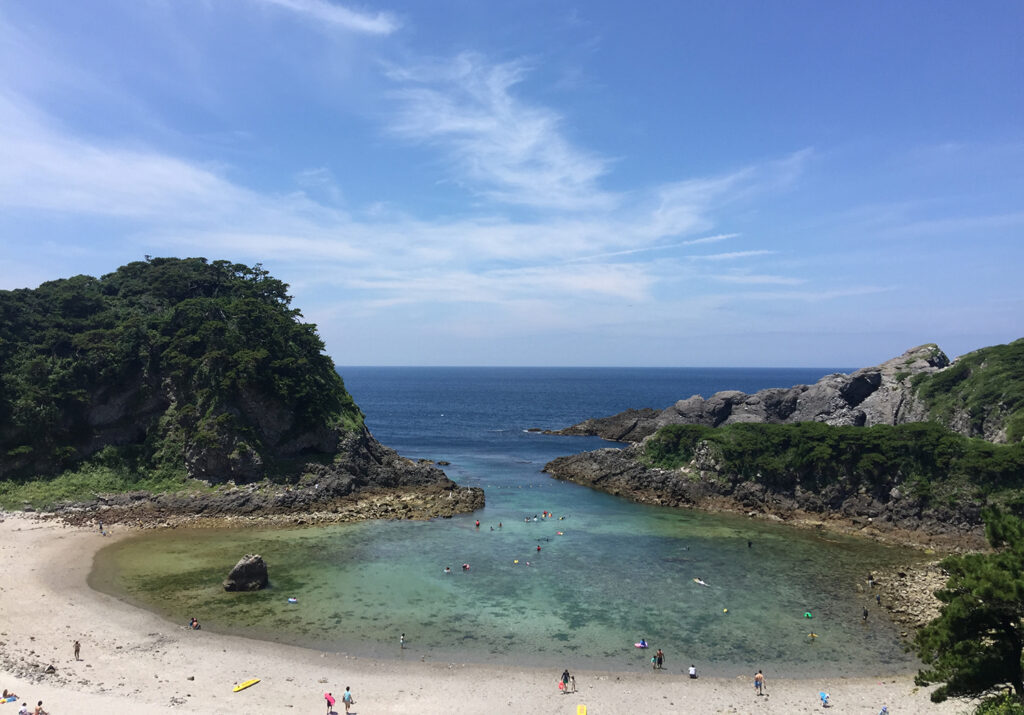
Responsibility
Is a Japanese volcano offering us a sneak preview of ocean acidification?
Shikinejima is a scenic getaway for tourists but the seas surrounding its volcano offer a glimpse of how the ocean could behave in the future.
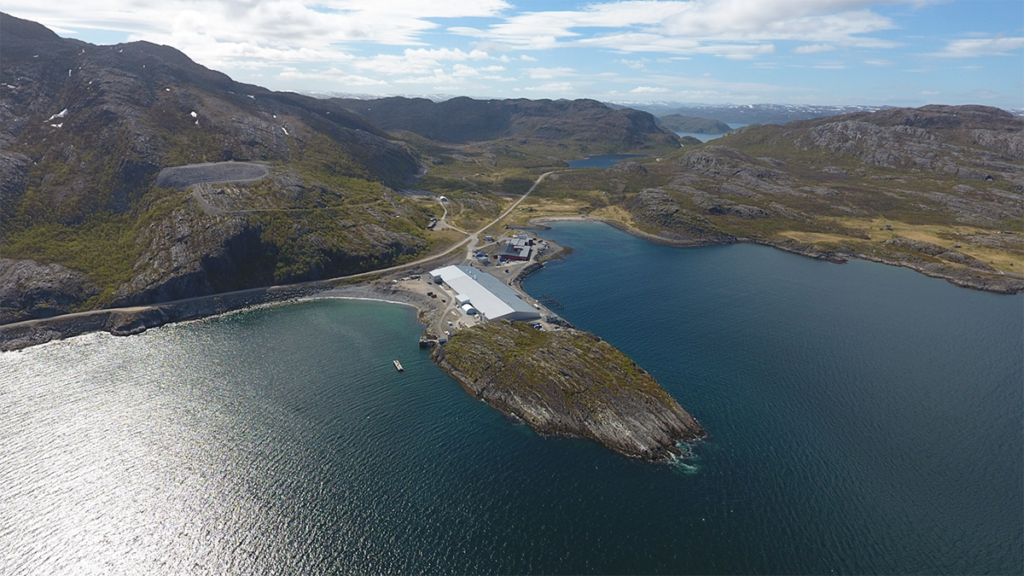
Responsibility
Sludge report: Finding value in Norway’s aquaculture waste
Bioretur converts aquaculture waste, or sludge, into fertilizer as demand for “circular economy” technologies grows.
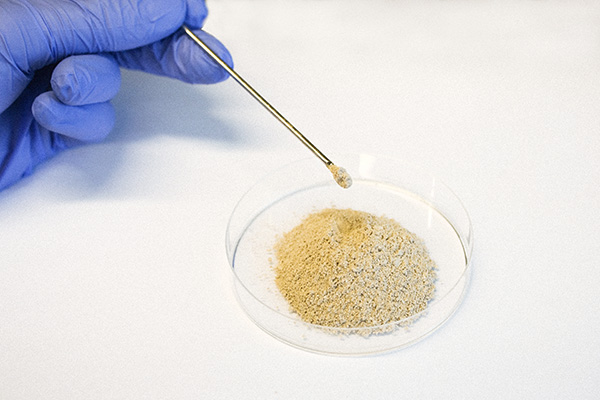
Aquafeeds
Can paper byproducts serve as a novel protein ingredient for aquaculture?
Sylvamo is partnering with industrial biotechnology company Cirkular to produce a novel protein ingredient from paper byproducts.
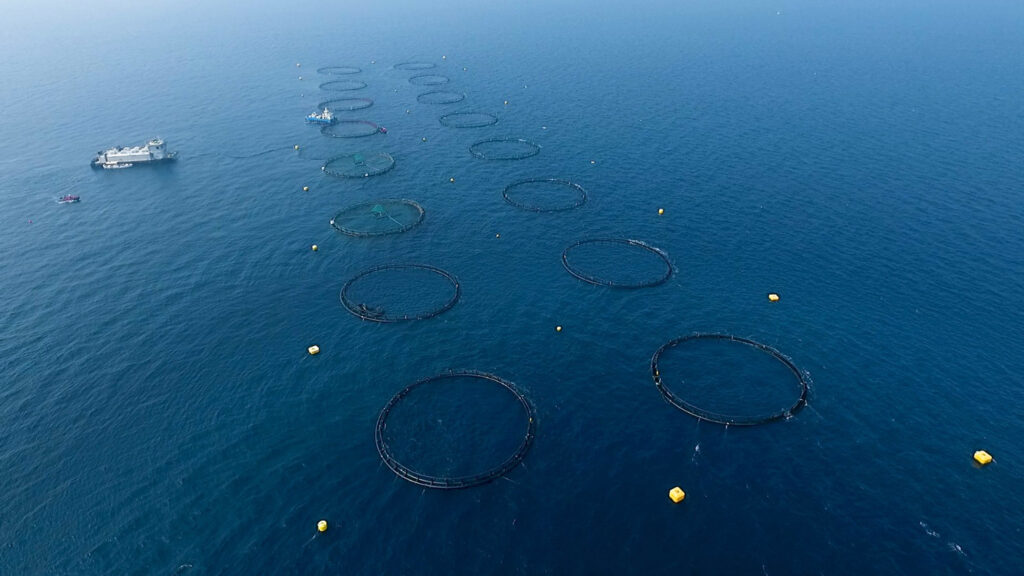
Intelligence
After first harvest, offshore aquaculture venture in Qatar sets fresh ambitions
With a successful sea bass harvest last fall, Qatar’s only offshore aquaculture venture now seeks to double production and diversify into other species.


